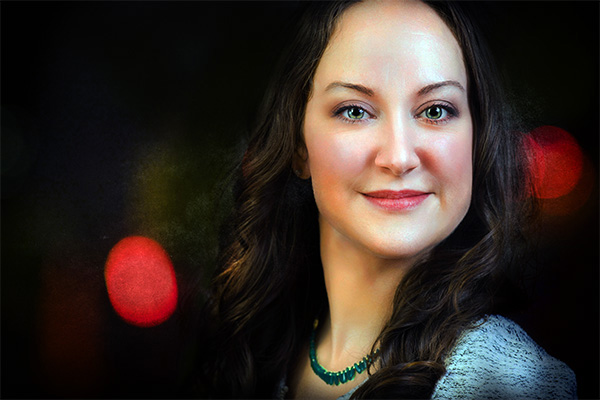
Photography has undergone a large transformation in the last several a long time. From movie rolls and darkrooms to mirrorless cameras and AI enhancing, the evolution has become rapid and relentless. What was at the time an analog craft now leans heavily in to the electronic realm, and For numerous photographers, this change provides both option and obstacle. People who are unsuccessful to adapt hazard becoming still left driving in a very aggressive field in which remaining existing is critical. Comprehension how images has advanced is the initial step in recognizing the necessity of remaining aligned with right now’s slicing-edge applications and practices.
Previously, a photographer’s skill was calculated mainly by their capacity to do the job with handbook configurations, lights, film varieties, and physical prints. Building shots expected chemical expertise and entry to a darkroom. Having said that, electronic cameras disrupted the status quo, generating photography a lot more obtainable and fewer pricey. With all the rise of DSLRs and mirrorless units, photographers no longer necessary movie or growth labs. Immediate impression previews, greater ISO capabilities, And big storage possibilities meant photographers could shoot additional, experiment freely, and discover a lot quicker. But this digital increase also launched new challenges—Competitiveness elevated, and just proudly owning a very good camera was now not more than enough to get noticed.
Now, the pictures business is deeply intertwined with technologies. AI-pushed editing equipment like Lightroom’s subject masking or Photoshop’s generative fill have redefined put up-processing. Platforms like Skylum Luminar and Topaz Labs offer sounds reduction and graphic upscaling that might click here have been difficult a decade in the past. Even smartphones, once mocked by industry experts, now create significant-resolution RAW photographs and give Innovative capabilities like portrait mode, evening pictures, and serious-time HDR. The taking part in subject has shifted dramatically, and traditionalists must accept that newer technological know-how frequently improves in lieu of diminishes the artwork of photography.
Past hardware and application, technological know-how now dictates how photographers join with customers and expand their enterprises. Social networking platforms, Website positioning-optimized websites, and automatic scheduling units are important for marketing and outreach. Google My Company profiles, geotagged photographs, and on the internet evaluations usually decide no matter whether a consumer chooses a single photographer about A further. Industry experts who continue being offline or rely entirely on phrase-of-mouth marketing and advertising limit their publicity and prospective development. Embracing these electronic tools doesn’t just enable photographers keep related—it allows them to work smarter and arrive at broader audiences much more proficiently.
The increase of AI in pictures is especially transformative. Artificial intelligence can now review facial characteristics to car-right lighting, smooth skin, as well as swap read further backgrounds in a single click on. AI-pushed culling software will help photographers sift by way of A huge number of photographs, choosing the right photos based on expression, sharpness, and composition. In-studio, AI-Increased lights systems instantly regulate publicity and stability dependant upon topic position. These tools don’t replace the photographer's creative eye—they amplify it. People who devote time in learning AI capabilities achieve a aggressive edge in both of those pace and high quality.
In summary, images is now not pretty much mastering the shutter or figuring out the golden hour. more info It’s about adaptability. The craft is becoming a dynamic blend of artwork, science, look here and know-how. Photographers who're ready to evolve—who discover new software, put money into smarter gear, and embrace AI and digital marketing—are greater positioned for lengthy-phrase achievements. Those who resist, clinging to out-of-date methods or read further dismissing technological tendencies, may perhaps shortly locate by themselves irrelevant in a fast-paced Visible world. To remain competitive and inventive, photographers must not merely sustain With all the evolution of images—they must lead it.